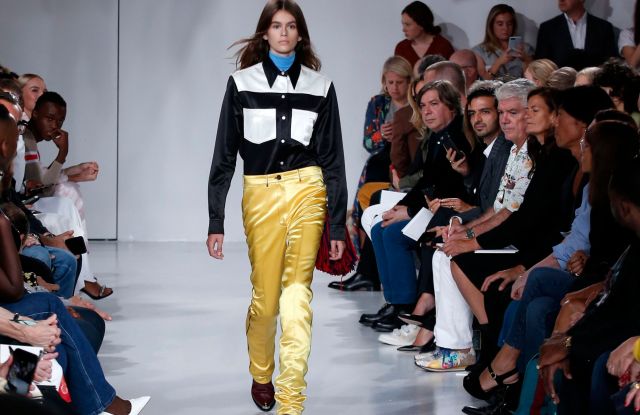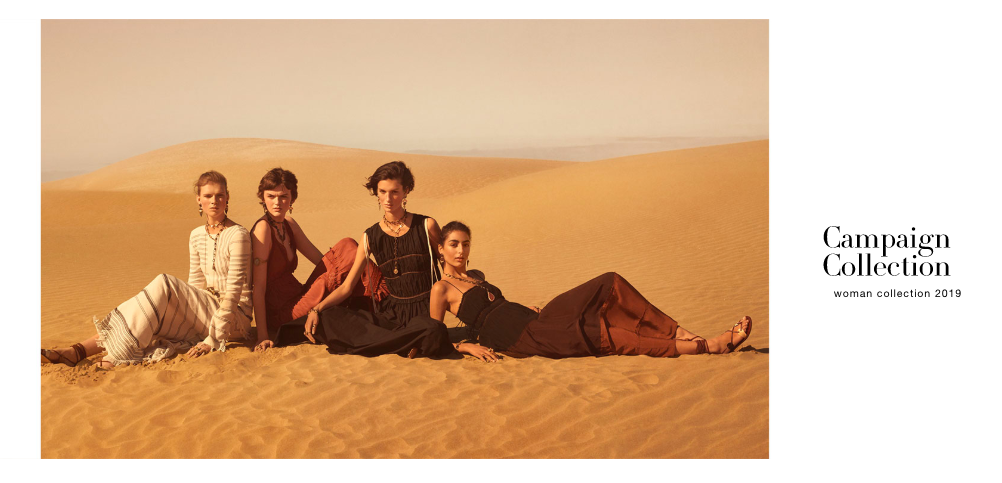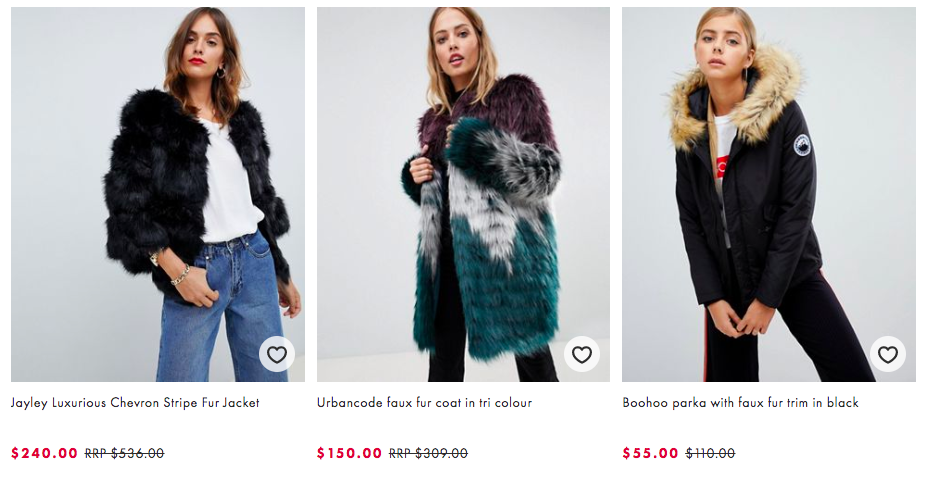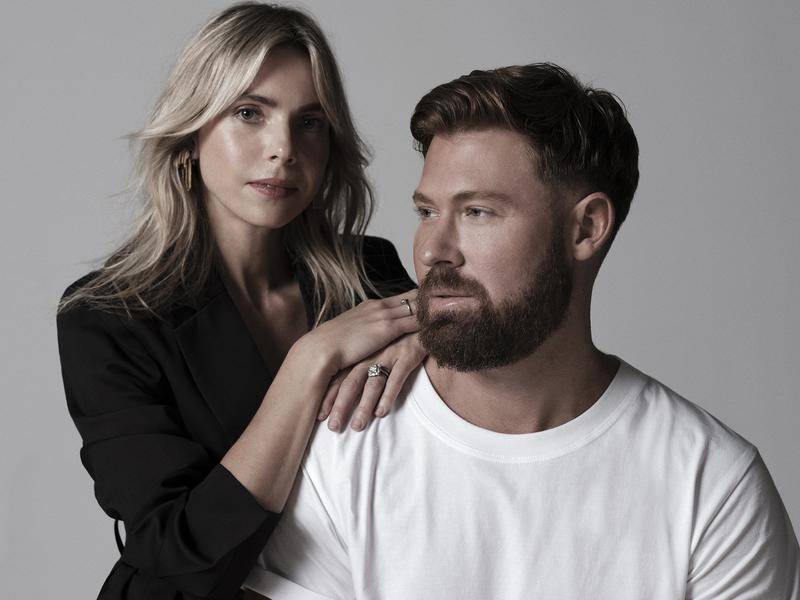When it comes to sustainable fashion, the move towards faux fur or no fur may be one of the most important changes a brand can make.

Photo Credit: Getty Images.
The fur industry has been a point of contention for years for animal rights groups such as PETA, with footage gathered that shows the inhumane and horrific ways these poor animals are treated in the race for warmth and style. A mink coat is no longer the height of class, but the mark of an industry built on the systematic breeding and torture of some of our sweetest animal friends. Eighty-five percent of these animals are contained within cages that do not allow for their natural behaviours to develop and cause extreme physical and psychological trauma.
Below are a selection of our favourite designer and affordable fashion labels that are saying no to fur and their reasons why.
Calvin Klein
Calvin Klein was perhaps one of the first of the designer labels to completely remove fur from their collections. They halted the production of fur products in 1994, stating the practice as not fitting “with our corporate philosophy any longer.”

Photo Credit: AP/REX/Shuttershock.
Tommy Hilfiger
Tommy Hilfiger banned fur from their collections in 2007 for ethical reasons. This is a massive move from the brand as they produce more and more affordable streetwear, bridging the gap between designer and affordable fashion while highlighting the proper treatment of animals.

Photo Credit: Blanck Digital
Ralph Lauren
Ralph Lauren removed fur from their collections in 2006, donating a remaining 1200 fur containing women’s garments to charity in an attempt to right a past wrong. The brand stated that it was the “right time to take action,” when announcing their decision.
“Ralph Lauren clothes have always been elegant, but now you can feel comfortable inside and out knowing that the company has made this compassionate decision.”
– PETA President, Ingrid Newkirk
H&M
It isn’t just designer brands making the move away from fur. Swedish clothing company H&M banned both the use of furs in 2005 and pledged to only use wool that has not been collected through the process of mulesing, a process that mutilates sheep in the wool production industry.

Photo Credit: Rosie Vogel
Zara
As a follower of the Fur Free Alliance’s Fur Free Retailer Program, Zara have been fur free since 2014, allowing consumers to enjoy affordable and fashionable pieces without worry for their impact on animal welfare.

Photo Credit: Zara
ASOS
Feel safe that you won’t be accidentally partaking in the fur industry while online shopping by using websites such as ASOS, who have not been selling fur since 2012. The online fashion store outline a strict Animal Welfare Policy and have become a member of the Fur Free Alliance.

Aje.
To round out our list of fur free brands, our very own star of FIB’s new series on the Australian Fashion Week, Aje. Aje. have been fur free since their beginnings in 2007, adding just another reason that everyone needs to check out this essential and effortless Australian brand.

Photo Credit: InsideRetail
Not on this list? Check if your favourite brands are fur free here and, if they’re not, consider pledging to a fur free closet to encourage more brands to say no to fur.







